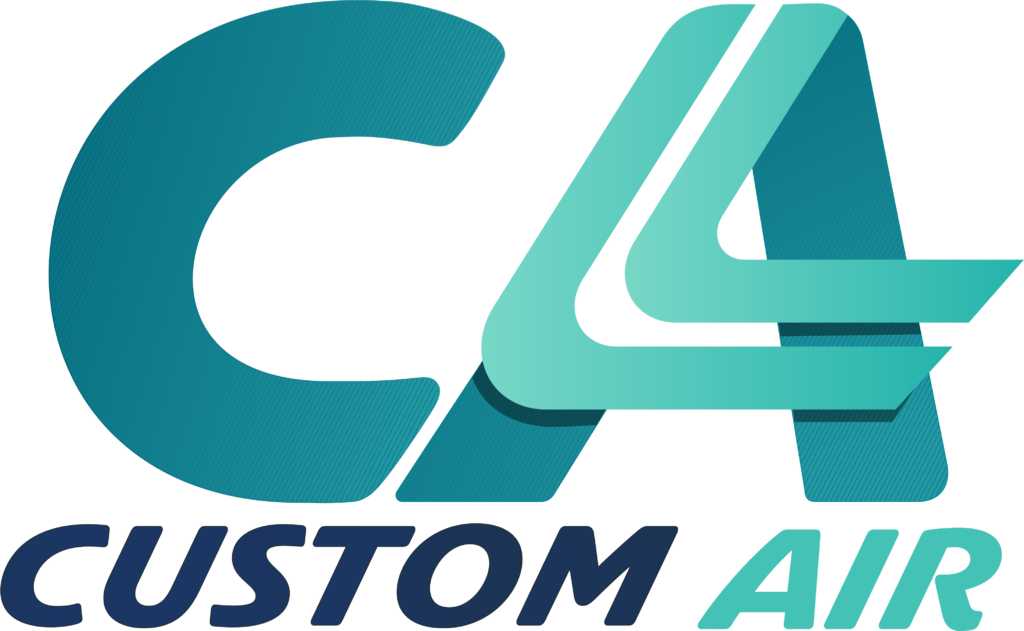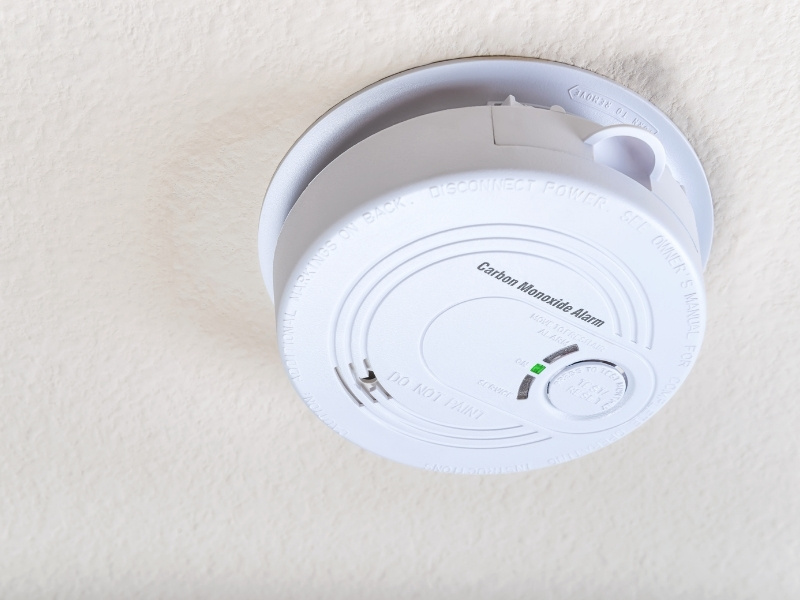As temperatures drop in Delaware, OH, most homeowners fire up their furnaces for the first time in months. While that familiar warmth is welcome, it’s also the season when hidden dangers like carbon monoxide (CO) leaks can emerge. According to the CDC, more than 400 Americans die each year from accidental CO poisoning, often caused by malfunctioning heating systems. This guide explains how to detect and prevent furnace-related carbon monoxide risks to keep your family safe this winter.
Key Takeaways
- Carbon monoxide is colorless, odorless, and potentially deadly; early detection is crucial.
- Common causes of CO leaks include cracked heat exchangers, blocked flues, and poor ventilation.
- Install CO detectors on every floor and schedule annual furnace inspections for safety.
- Professional maintenance ensures proper combustion and venting, reducing CO risk.
- Never ignore physical symptoms like headaches or dizziness that improve when you leave home.
What Causes Carbon Monoxide Leaks in Furnaces?
Your furnace burns fuel to create heat. When that combustion process isn’t working properly, it can produce carbon monoxide, an invisible gas that’s dangerous in even small concentrations. Common causes include cracked heat exchangers, blocked flue pipes, restricted vents, or poor air circulation inside the system. Over time, corrosion or wear can also affect venting efficiency, allowing exhaust gases to back up into your living space.
What Are the Warning Signs of Carbon Monoxide in Your Home?
Because carbon monoxide has no color, smell, or taste, it can build up undetected. Recognizing early warning signs can save lives. You might notice symptoms such as persistent headaches, dizziness, fatigue, or nausea that improve when you leave home. Physically, look for soot stains around furnace vents, a yellow or flickering pilot flame (instead of blue), or condensation on windows near the system.
If you suspect exposure, turn off your furnace immediately, leave the home, and contact emergency services before calling an HVAC professional for inspection.
How Can You Detect Carbon Monoxide Safely?
The best protection is a combination of carbon monoxide detectors and professional furnace care. Install UL-listed CO detectors on every level of your home, especially near bedrooms and the furnace area. Test them monthly and replace batteries every six months. Detectors typically have a 5–7 year lifespan — check the manufacturer’s date on the back to ensure they’re current.
In addition, schedule an annual heating system inspection before the winter season. A licensed HVAC technician can test for leaks, verify proper combustion, and confirm your flue is venting safely.
Stay Safe and Warm This Heating Season
Carbon monoxide safety starts with awareness and consistent furnace maintenance. If it’s been more than a year since your last inspection, now is the perfect time to schedule one before colder weather sets in. Reliable preventive care keeps your system running efficiently and helps protect your family’s health and comfort all season long. For expert heating system maintenance in Delaware, OH, contact the professionals at Custom Air today. Our licensed technicians specialize in safety-focused heating service you can trust.
FAQs About Furnace Carbon Monoxide Risks
How often should I schedule furnace maintenance?
It’s best to have your furnace inspected once a year — ideally in the fall before cold weather arrives. Regular maintenance ensures combustion safety, peak efficiency, and early detection of potential CO risks.
Can electric furnaces produce carbon monoxide?
No. Electric furnaces don’t burn fuel, so they don’t produce CO. However, homes with multiple fuel-burning appliances — like gas water heaters or fireplaces — should still have CO detectors installed for full protection.
Where should I install carbon monoxide detectors?
Place detectors on every level of your home, near sleeping areas, and close to the furnace or any fuel-burning appliance. Avoid corners or areas with poor airflow, which can delay detection.
What should I do if my carbon monoxide detector goes off?
Leave your home immediately and call 911. Once emergency responders clear the area, contact a licensed HVAC professional to inspect and repair your heating system before turning it back on.
Image provided by iStock



